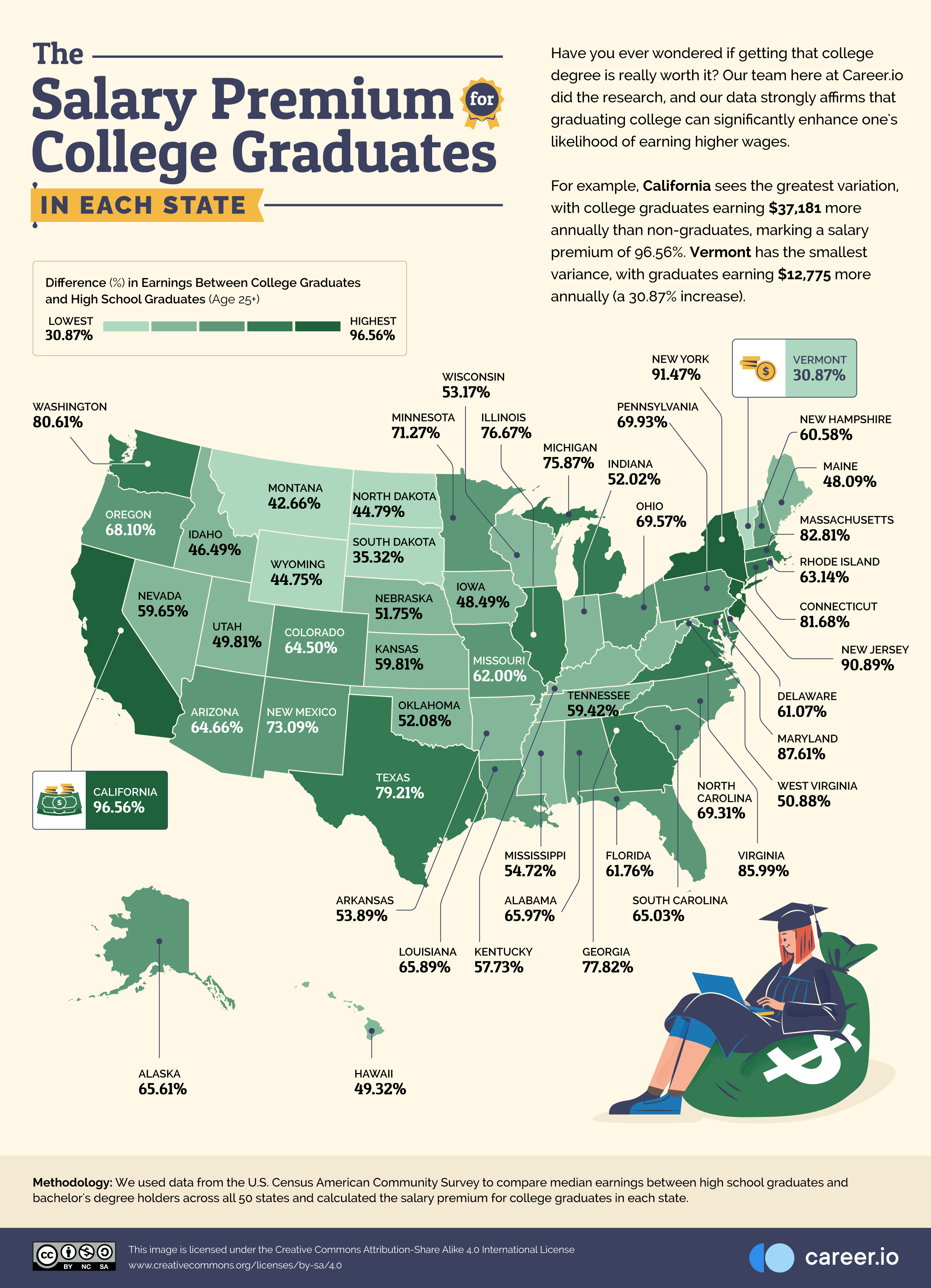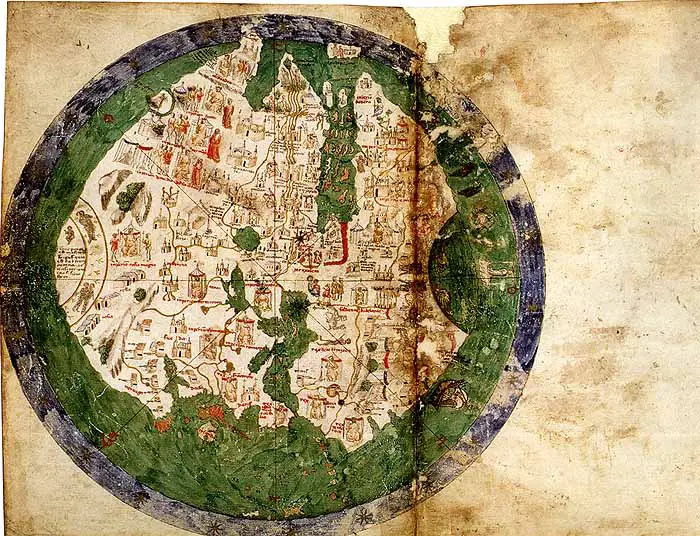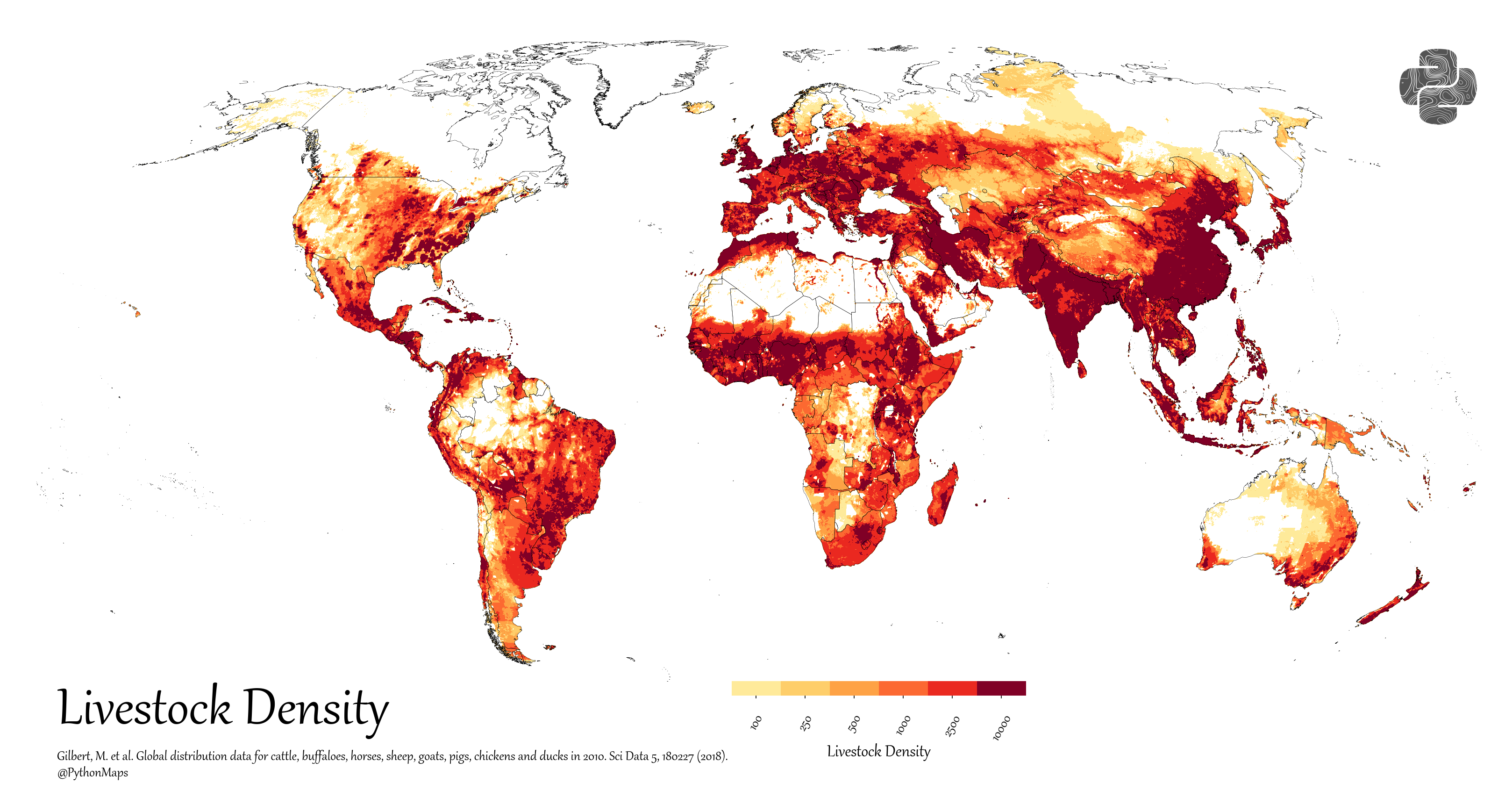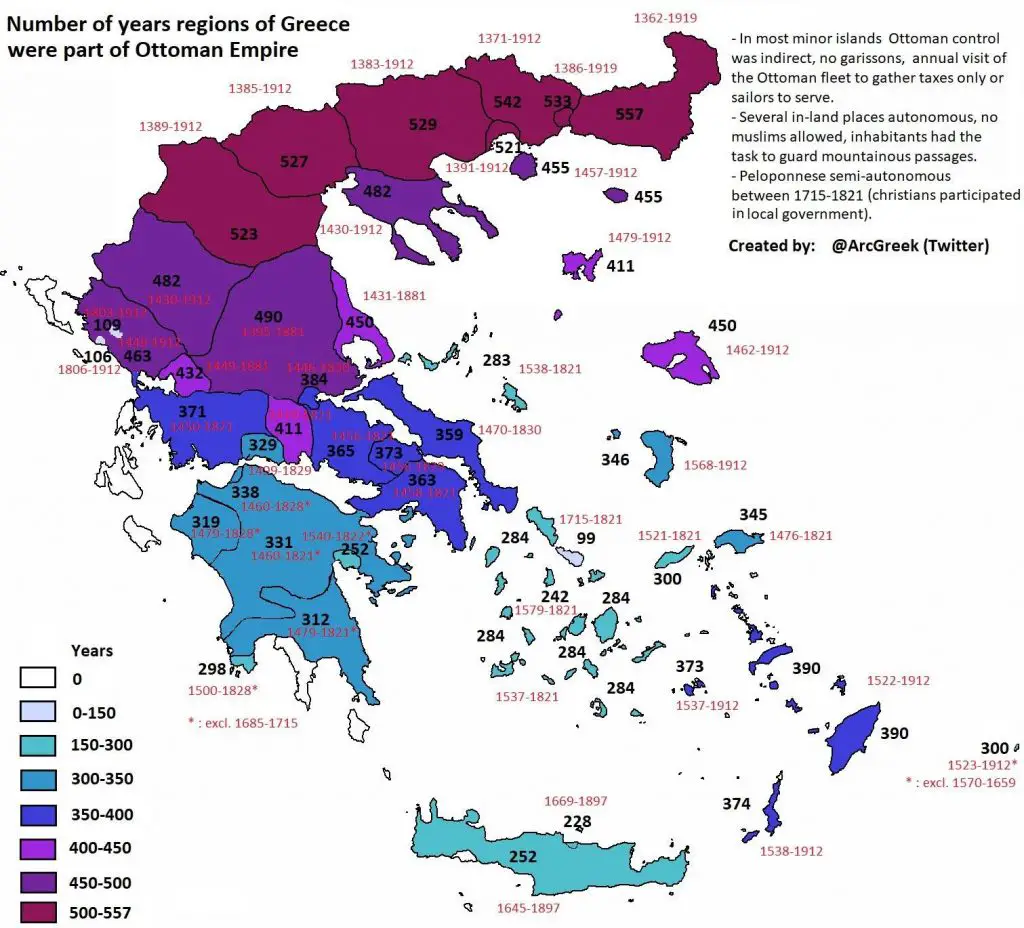Overseas Territories and Dependencies of the World Mapped
Overseas territory is a geographical area part of a country, but outside of its mainland or contiguous territory. In most cases, these regions are not recognized as autonomous nations, but instead, they are under another country’s or state’s governance.
Overseas territories vary in terms of their autonomy and relationship with the governing country. Some overseas territories have a high degree of autonomy and are largely self-governing, while others are more dependent on the governing country for their administration and governance.
The world map below, created by Pranav Gavali, shows the overseas territories and dependencies of various countries.
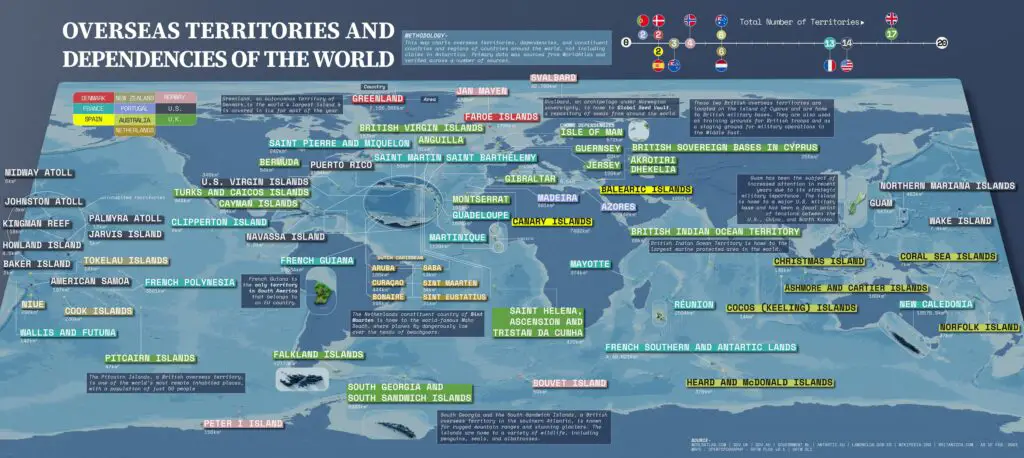
History of the Overseas Territories
Countries acquired overseas territories for various reasons throughout history. One of the primary reasons was to expand their power, wealth, and influence. This expansion often involved colonialism, where a country established settlements and took control of an area not previously under its jurisdiction. This process began in the 15th century with European exploration and colonization of the Americas, Africa, and Asia.
They often acquired overseas territories through force or conquest, as European powers used their military strength to establish control over newly acquired territories. This was the case with many of the colonies established by European powers in the Americas, Africa, and Asia, where indigenous populations were subjugated and exploited for the benefit of the colonizing powers.
However, not all overseas territories were acquired through conquest. Some were obtained through treaties or agreements with other countries or through purchase. The United States, for example, acquired Alaska from Russia in 1867, while the Danish West Indies were sold to the United States in 1917.
Over time, many countries that once had overseas territories have granted them greater autonomy and independence. For example, many former British colonies in the Caribbean and the Pacific have become independent nations. Others, such as Gibraltar and the Falkland Islands, remain overseas territories of the United Kingdom.
Countries With the Most Overseas Territories
Unsurprisingly, two great empires of the past still have substantial remnants of their past power. The total number of overseas territories worldwide existing nowadays is 73. They belong to ten countries.
| Sovereign | Overseas Territory and Dependency | Region |
|---|---|---|
| Australia | Ashmore and Cartier Islands | Indian Ocean |
| Australia | Christmas Island | Indian Ocean |
| Australia | Cocos (Keeling) Islands | Indian Ocean |
| Australia | Coral Sea Islands | Pacific Ocean |
| Australia | Heard & McDonald Islands | Indian Ocean |
| Australia | Norfolk Island | Pacific Ocean |
| Denmark | Faroe Islands | Atlantic Ocean |
| Denmark | Greenland | Atlantic and Arctic Ocean |
| France | Bassas da India | Indian Ocean |
| France | Clipperton Island | Pacific Ocean |
| France | Europa Island | Indian Ocean |
| France | French Guiana | South America |
| France | French Polynesia | Pacific Ocean |
| France | Glorioso Islands | Indian Ocean |
| France | Guadeloupe | Caribbean |
| France | Juan de Nova Island | Indian Ocean |
| France | Martinique | Caribbean |
| France | Mayotte | Indian Ocean |
| France | New Caledonia | Pacific Ocean |
| France | Réunion | Indian Ocean |
| France | Saint Barthélemy | Caribbean |
| France | Saint Pierre and Miquelon | Atlantic Ocean |
| France | Saint-Martin | Caribbean |
| France | Tromelin Island | Indian Ocean |
| France | Wallis and Futuna | Pacific Ocean |
| Netherlands | Aruba | Caribbean |
| Netherlands | Bonaire | Caribbean |
| Netherlands | Curaçao | Caribbean |
| Netherlands | Saba | Caribbean |
| Netherlands | Sint Eustatius | Caribbean |
| Netherlands | Sint Maarten | Caribbean |
| New Zealand | Cook Islands | Pacific Ocean |
| New Zealand | Niue | Pacific Ocean |
| New Zealand | Tokelau | Pacific Ocean |
| Norway | Bouvet Island | Atlantic Ocean |
| Norway | Jan Mayen | Arctic Ocean |
| Norway | Peter I Island | Southern Ocean |
| Norway | Svalbard | Arctic Ocean |
| Portugal | Azores | Atlantic Ocean |
| Portugal | Madeira | Atlantic Ocean |
| Spain | Balearic Islands | Mediterranean |
| Spain | Canary Islands | Atlantic Ocean |
| United Kingdom | Akrotiri (British Forces) | Cyprus / Mediterranean |
| United Kingdom | Anguilla | Caribbean |
| United Kingdom | Bermuda | Atlantic Ocean |
| United Kingdom | British Indian Ocean Territory | Indian Ocean |
| United Kingdom | British Virgin Islands | Caribbean |
| United Kingdom | Cayman Islands | Caribbean |
| United Kingdom | Dhekelia (British Forces) | Cyprus / Mediterranean |
| United Kingdom | Falkland Islands (Islas Malvinas) | Atlantic Ocean |
| United Kingdom | Gibraltar | Europe |
| United Kingdom | Guernsey (Channel Island) | Atlantic Ocean |
| United Kingdom | Isle of Man | Atlantic Ocean |
| United Kingdom | Jersey (Channel Island) | Atlantic Ocean |
| United Kingdom | Montserrat | Caribbean |
| United Kingdom | Pitcairn, Henderson, Ducie & Oeno Islands | Pacific Ocean |
| United Kingdom | Saint Helena, Ascension & Tristan da cunha | Atlantic Ocean |
| United Kingdom | South Georgia & South Sandwich Islands | Atlantic Ocean |
| United Kingdom | Turks & Caicos Islands | Caribbean |
| United States | American Samoa | Pacific Ocean |
| United States | Baker Island | Pacific Ocean |
| United States | Guam | Pacific Ocean |
| United States | Howland Island | Pacific Ocean |
| United States | Jarvis Island | Pacific Ocean |
| United States | Johnston Atoll | Pacific Ocean |
| United States | Kingman Reef | Pacific Ocean |
| United States | Midway Islands / Atoll | Pacific Ocean |
| United States | Navassa Island | Caribbean |
| United States | Northern Mariana Islands | Pacific Ocean |
| United States | Palmyra Atoll | Pacific Ocean |
| United States | Puerto Rico | Caribbean |
| United States | U.S. Virgin Islands | Caribbean |
| United States | Wake Island | Pacific Ocean |
The United Kingdom and France currently have the largest number of Overseas Territories, with 17 territories administered by governments.
The UK’s Overseas Territories have varying levels of autonomy and governance, and the UK government is responsible for their defense, foreign affairs, and other key policy areas. However, many of the territories have their own governments and legislatures, and some have even held referendums on issues such as independence or changes to their constitutional status.
Overseas territories of France have varying degrees of autonomy, and some are even self-governed. For example, New Caledonia and French Polynesia have special status within the French Republic and have their own elected assemblies with significant powers.
The people living in the French overseas territories are French citizens and are entitled to the same rights and benefits as those living in France.
Top countries by overseas territories
| Rank | Country | Overseas Territories and Dependences |
|---|---|---|
| 1 | France | 17 |
| 2 | United Kingdom | 17 |
| 3 | United States | 14 |
| 4 | Australia | 6 |
| 5 | Netherlands | 6 |
| 6 | Norway | 4 |
| 7 | New Zealand | 3 |
| 8 | Denmark | 2 |
| 9 | Portugal | 2 |
| 10 | Spain | 2 |
France has the highest percentage of overseas territories in its total land area. French Overseas Territories make up a significant portion of France’s total land area, with a combined land area of approximately 123,150 square kilometers. This represents around 17% of France’s total land area. French Overseas Territories together are home to 2.6 million people.

